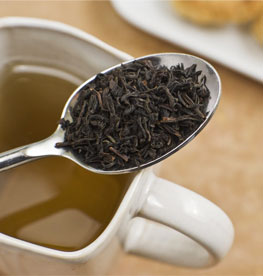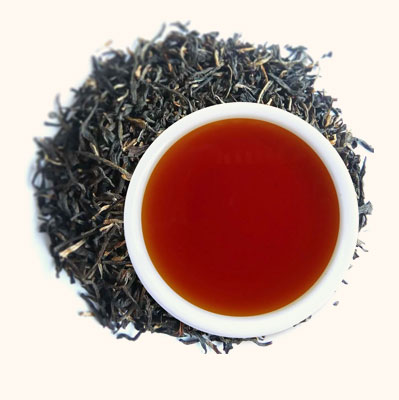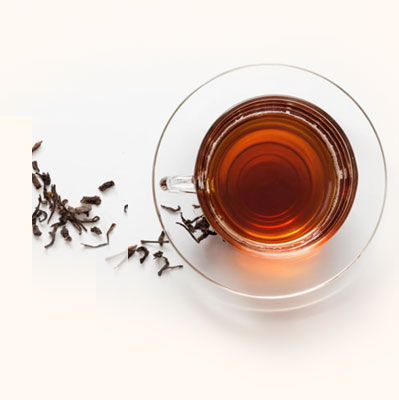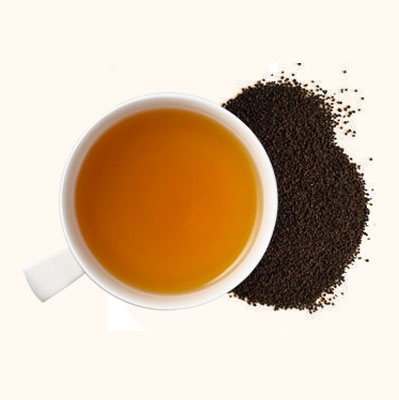
There are three different types of teas produced- Black Tea, Green Tea and Oolong Tea.
Black Tea with two varieties- The traditional Orthodox (leaf) tea and the modern process of CTC (granular) tea is the most popularly consumed in the world followed by Green Tea and oolong tea.
Tea produced results in four different sieved qualities - Leaf Tea, Broken Tea, Fannings and Dust.
In addition to these descriptions you will find mysterious abbreviations on the packet of a quality tea. These letters have nothing to do with the character or the flavour, but are simply more detailed explanations on the sieving result (leaf grade designation).
Asian Tea offers teas from different tea growing regions of India and other countries. Teas can be supplied as single garden straight line or in blends of multi garden or multi origin. With some of the finest and most experienced tea tasters in the business, we are able to customise our products to ensure that our blends meet the customer's exact specifications and the taste preference of the most discerning tea consumer.

Let us start in the furthermost northeast of India, in the state of Assam, where the mighty Brahmaputra flows. The tea plantations lie on both banks of the river at an altitude of between 300 and 800m above sea level and form the world's largest growing area. The humid, tropical climate lends the tea a strong, full-bodied liquor. The first flush from the end of April to the beginning of May has a rich and fresh aroma, the second flush from the middle of May to the end of June produces the famous Tippy Orthodox Teas. Tippy refers to black leaf tea with gold tips or what appears to be golden coloured leaf.
The golden tip present in Assam tea lessens the astringent characteristic of the tea making it sweet and smooth. Assam teas appeal to tea connoisseurs who prefer full-bodied, malty and tangy teas enjoyed with perhaps sugar crystals and cream.
Directly adjacent are the growing areas of Dooars. Here lowland varieties grow which produce very full-bodies teas of dark colour.

Darjeeling is a climatic hill resort in the north of India and it is also the region where the most exquisite teas are grown. The tea gardens almost seem to be pinned to the slopes of the Himalayas even at an altitude as high as 2,100m. The continual shift between dry and humid air, cool breezes and intensive sun, rising mists and monsoon rains produces the great aroma and flowery elegance that makes tea from Darjeeling so famous. Connoisseurs particularly enjoy the first flush (Spring Darjeeling) harvested at the first plucking from March to April.
Taste Darjeeling teas and you will find out why they are so famous. Enjoy the mild, delicately flowery spring plucking, the highly fragrant second flush, or the 'Autumnals' which grown in autumn with a slightly larger leaf and are of outstanding quality.

The island state in the Indian Ocean has been called Sri Lanka since 1972 but its teas are still known as Ceylon teas. The most exquisite teas grow in the highlands at altitudes of between 1,000 and 2,000m above sea level. The best quality harvest is plucked in the east-the Uva district, when it rains in the west of the island. Conversely, the best Dimbula Ceylon tea is plucked between January and March when the monsoon brings rain to the east. In Nuwara-Eliya excellent quality teas are harvested the whole year round, since here the monsoon plays only a minor role.
Ceylon teas are famous for the mildly metallic aroma that almost tastes of cirrus fruits. The teas are not particularly strong and have a wonderful reddish colour.

Kenya's high altitude tea plantations are situated on both sides of the famous rift- The Nandi and Kericho regions. Kenya's equatorial climate allows tea growing all year round. The teas are very bright, aromatic, and colourful with a reddish coppery tint and a pleasant brisk flavour.